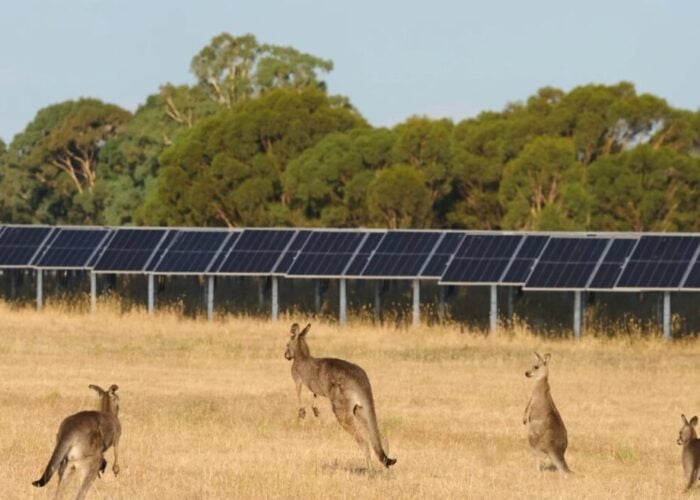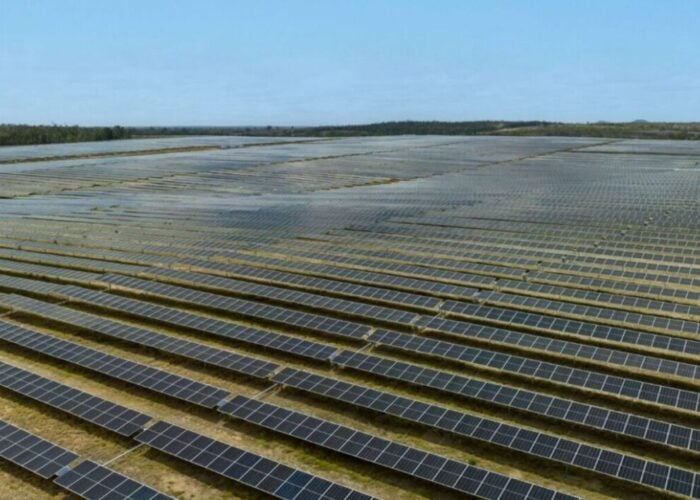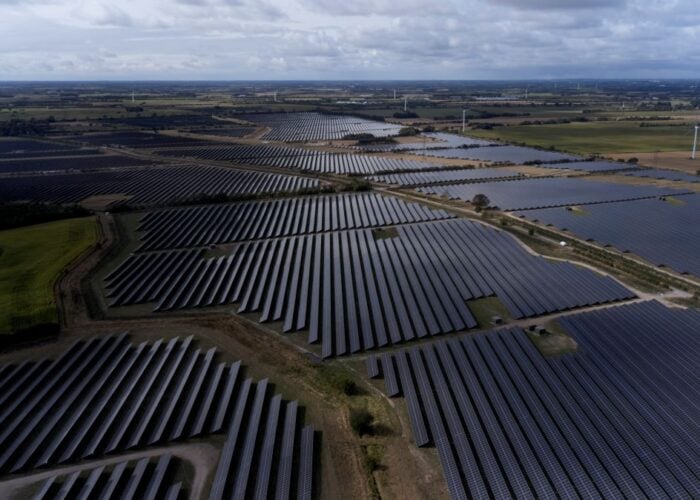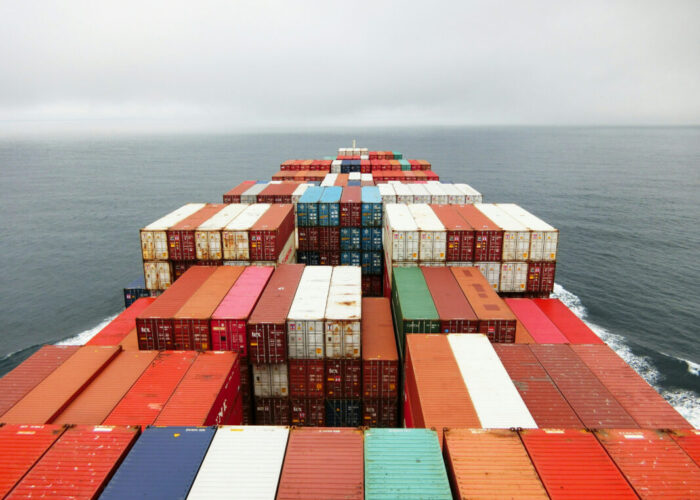
Buy aluminium and steel when possible in order to accumulate stock and hedge against continued price rises for both. While the price of nickel has undergone a “short squeeze”, copper is likely to continue trading sideways in the near term and there is no immediate risk to silver supply.
That’s the view of commodity analysts and experts from both Natixis and MetalMiner, which have been tracking the prices of key commodities used in solar manufacturing.
Unlock unlimited access for 12 whole months of distinctive global analysis
Photovoltaics International is now included.
- Regular insight and analysis of the industry’s biggest developments
- In-depth interviews with the industry’s leading figures
- Unlimited digital access to the PV Tech Power journal catalogue
- Unlimited digital access to the Photovoltaics International journal catalogue
- Access to more than 1,000 technical papers
- Discounts on Solar Media’s portfolio of events, in-person and virtual
Aluminium prices have risen from around US$2500 per metric tonne (MT) in November 2021 to roughly US$3675/MT today, according to data from trading intelligence firm MetalMiner. While part of this can be explained by China cutting production of aluminium by about a third, the war in Ukraine is also having a big impact, said Lisa Reisman, CEO of MetalMiner, speaking during a ROTH Capital webinar.
The price of aluminium has been closely tied to the current news cycle, said Reisman, with spikes occurring each time new sanctions on Russia are announced. Bernard Dahdah, Natixis’ senior commodity analyst, told PV Tech Premium that Europe was “very exposed to Russian aluminium” as it gets around 15% of its aluminium imports from the country.
In addition, oil is a huge component in aluminium production, said Reisman, meaning prices will remain elevated until the price of oil comes down, which is unlikely given the current war in Ukraine and sanctions regime causing an upward pressure on oil prices.
“European solar module makers are likely to be even more disadvantaged than they were before” given the sanctions regime and their reliance on Russian aluminium imports, said Dahdah.
Reisman’s recommendation is to buy aluminium when the price dips amid high market volatility in order to accumulate stock and ensure supply.
The same can be said for steel. Following Russia’s invasion of Ukraine, European steel prices have shot up and Don Hauser, MetalMiner’s vice president of business solutions, recommends locking in supply as much as possible over the next three months as prices are expected to remain high before coming down in mid-to-late summer.
As the price of steel in Europe went up, exports to the US declined, said Hauser. Imports of steel to the US market fell by a third from 1.2 million MTs in January to 0.8 million MTs in February, MetalMiner data showed, with a risk it could fall further.
ROTH Capital recommends tracking the price of steel in the EU and if it rises by €200-250/MT (US$222-US$277/MT), imports to the US could fall further to roughly half a million MT, “suggesting that steel pricing could continue rising”.
Meanwhile, at the start of this month, a “short squeeze” saw the price of nickel go from around US$25,000/MT to US$47,000/MT, with it briefly rising above a record US$100,000/MT as traders scrambled to close a huge position accumulated by China’s leading stainless steel producer Tsingshan Holding Group, which had bet on nickel prices falling.
In response, the London Metal Exchange (LME) paused trading on “orderly market grounds”, which proved controversial. Since then, massive trading volumes in nickel (90-95%), aluminium (30%) and copper (20-25%) have moved from the LME to the Shanghai Futures Exchange (SFE), said Reisman, adding that “nobody is talking about the significance of this.”
“Will things return to normal or will it be a more permanent, structural change?” she asks.
The price of nickel has since come down but remains elevated at around US$35,000 today. Both Reisman and Hauser believe it will come down further and the stabilise at around US$30,000.
Elsewhere, both copper and silver are in good supply and should not experience any price rises as a result of the war in Ukraine or febrile energy markets.
Copper has been trading sideways over the last six months and now stands at around US$10,000/MT, with prices expected to remain flat or only increase slightly, with minimal risk to future supply, said Reisman.
And, “the market is very well stocked up with silver so no risk of shortages,” said Dahdah, adding that while some companies may choose to self-sanction Russian silver it is “relatively easy to find silver from elsewhere”.







